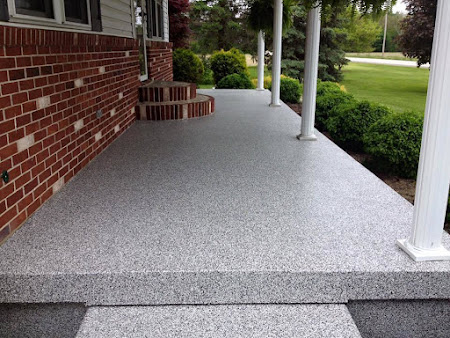The Importance Of Proper Concrete Curing Techniques
When it comes to building sturdy foundations or crafting durable driveways, concrete in Adelaide plays a pivotal role. However, the key to ensuring its longevity and strength lies in the mix itself and the curing process. Proper curing techniques are essential to maximising the potential of your concrete projects and ensuring they stand the test of time.
What Is Concrete Curing?
Concrete curing is when the freshly poured mixture undergoes hydration and hardening. This process is critical as it directly impacts the concrete's strength, durability, and overall quality. Curing allows the concrete to develop its full potential strength by maintaining adequate moisture and temperature conditions.
Importance Of Proper Curing Techniques
1. Enhancing Strength And Durability
Proper concrete in Adelaide curing significantly enhances the strength and durability of the structure. The hydration process continues uninterrupted by maintaining moisture levels, allowing the concrete to achieve its intended strength. This results in a more resilient structure that can withstand various weather conditions and daily wear and tear.
2. Minimising Cracks And Defects
One of the primary benefits of adequate curing is the reduction in cracks and defects. Cracking is often a result of rapid moisture loss or improper temperature conditions during the early stages of concrete setting. Proper curing techniques, such as covering with moisture-retaining materials or using curing compounds, can minimise these issues and preserve your concrete surfaces' aesthetic and functional integrity.
3. Improving Surface Hardness And Finish
For projects requiring a smooth and durable finish, proper curing is indispensable. It promotes the development of surface hardness and resistance to abrasion, ensuring your concrete floors or pavements maintain their appearance and functionality over time.
4. Long-Term Cost Savings
Investing in concrete curing techniques upfront can lead to significant long-term cost savings. Structures that are well-cured are less likely to require repairs or replacements due to premature deterioration. This saves money and minimises disruptions and inconveniences associated with maintenance work.
Best Practices For Concrete Curing
To achieve optimal results, consider the following best practices for concrete curing:
- Start Early: Start curing as soon as the concrete is set sufficiently to resist marring.
- Keep Moisture Levels Consistent: Maintain a moist environment, either through wet covering or curing compounds.
- Control Temperature: Protect the concrete from extreme heat or cold during curing.
- Duration: Ensure the curing period is sufficient based on environmental conditions and concrete type.
Conclusion
In essence, proper concrete Adelaide curing techniques are not just about following guidelines; they are essential for ensuring your concrete projects reach their full potential.
By focusing on adequate moisture retention, temperature control, and duration, you can enhance your structures' strength, durability, and overall quality.
Whether planning a residential driveway or a commercial flooring project, investing in proper curing will pay off in the long run, providing you with robust, reliable concrete surfaces that stand strong against time and elements.
Remember, the foundation of a lasting structure starts with proper concrete curing. Embrace these techniques, and watch your projects thrive!




Comments
Post a Comment